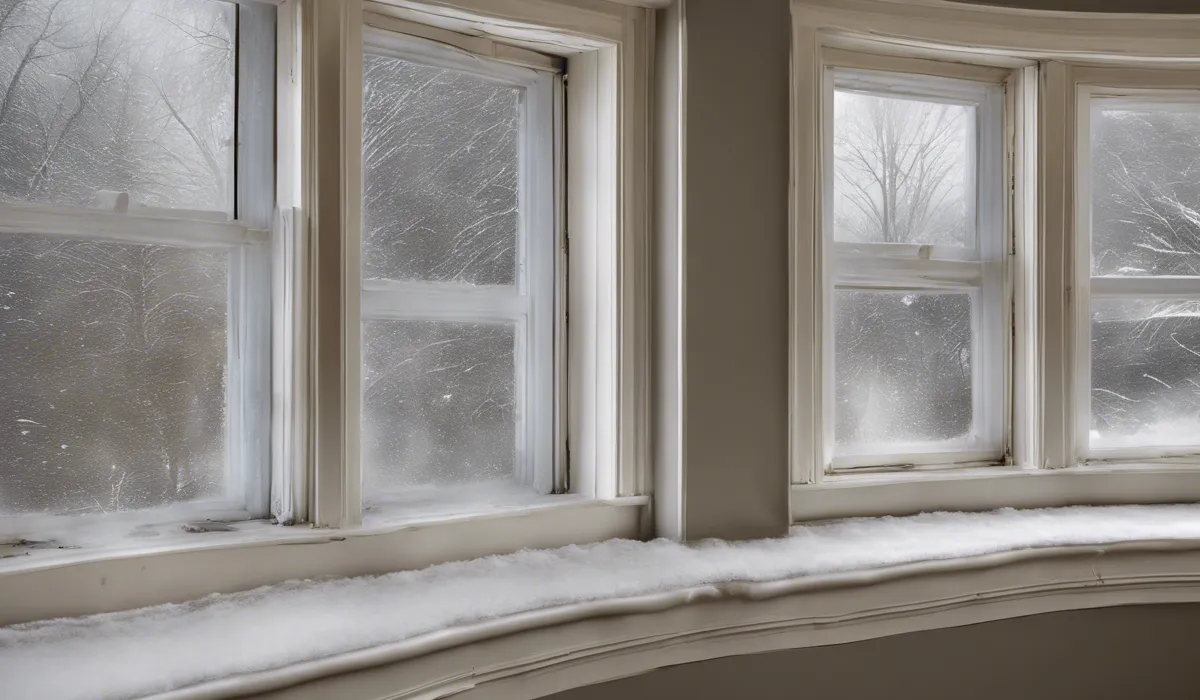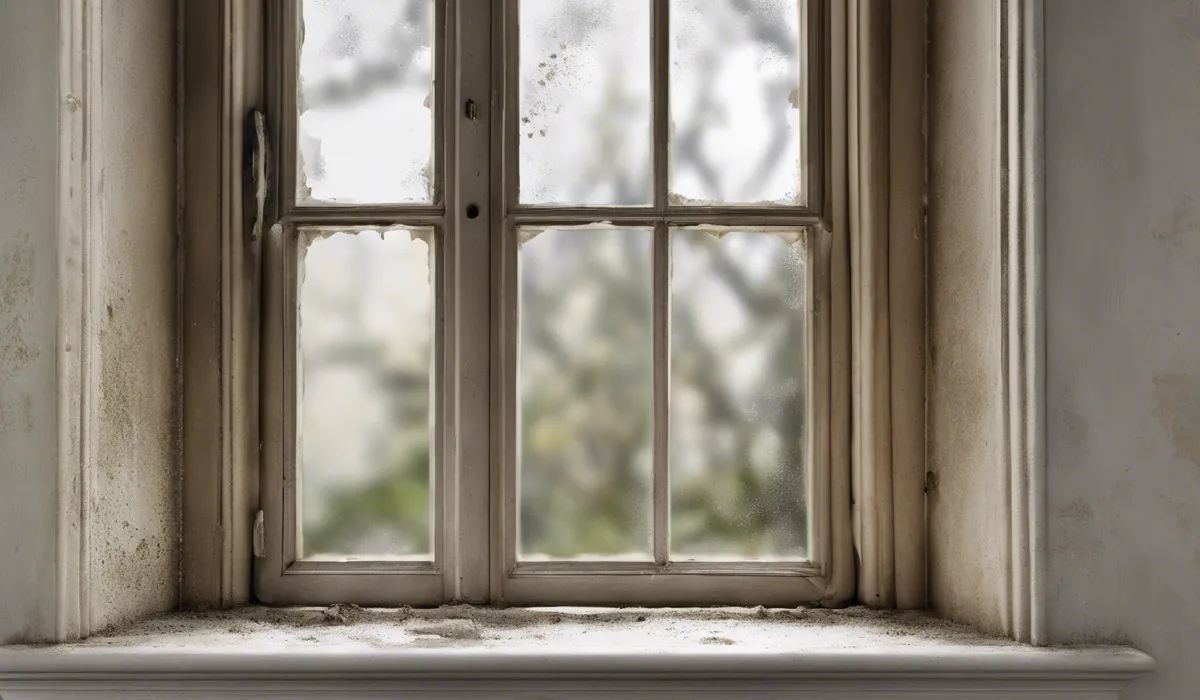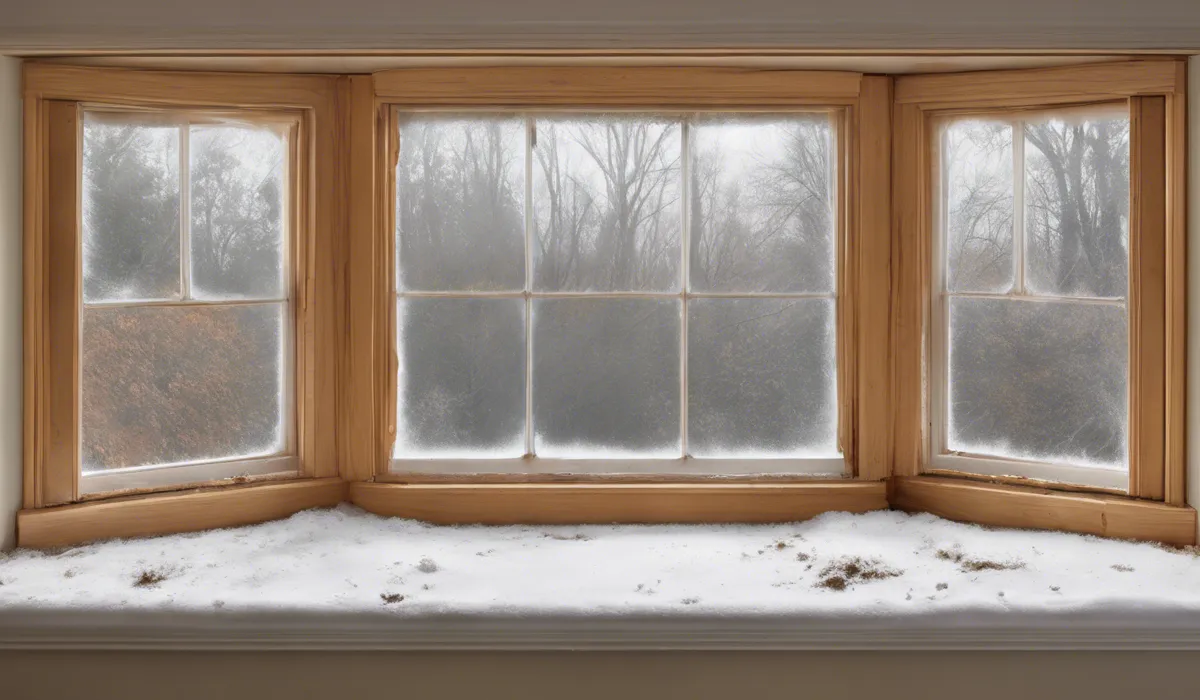To prevent mold on window sills, regularly clean and dry them, ensure good ventilation, use a dehumidifier to reduce moisture, and apply mold-resistant paint or sealant if necessary.
Understanding Mold on Window Sills

What is Mold?
Mold is a type of fungus that can grow indoors and outdoors, thriving in moist environments.
It reproduces through tiny spores that float through the air and settle on surfaces. When these spores find a damp spot, they can grow and spread, sometimes becoming visible as patches of fuzzy or slimy textures in various colors.
Common Mold Types on Window Sills
Several types of mold might invade your window sills, including Cladosporium, Penicillium, and Aspergillus.
These molds can appear as black, green, or white spots that slowly spread if not addressed. Each type can have different effects on your home and health, making it essential to prevent their growth.
Why Mold Grows on Window Sills?
Mold growth on window sills is often due to high humidity and condensation. When warm air inside meets the cold surface of a window, it creates moisture — an ideal breeding ground for mold.
Additionally, poor ventilation traps this moist air, and any organic material, like dust and pollen, provides food for the mold to thrive.
Preventative Measures to Stop Mold Growth

Cleaning and Maintenance
Regularly wiping down your window sills with a clean, dry cloth can prevent mold spores from taking root.
It’s also important to vacuum around the windows to remove any organic debris. Incorporating these habits into your routine is a simple step towards a mold-free home.
Controlling Indoor Humidity
Using a dehumidifier can greatly reduce moisture levels in your home, making it less hospitable for mold.
Additionally, make sure your living spaces are well-ventilated by opening windows or using exhaust fans, especially after activities like showering or cooking.
Enhancing Window Insulation
Improving the insulation of your windows can help prevent condensation. Double-glazing adds an extra layer of glass that acts as a barrier to the cold.
Weather stripping and caulking can also seal gaps to keep out moisture and drafts, further protecting against mold.
Using Mold-Resistant Materials
Mold-resistant paints and primers can be applied to window sills to create a less favorable environment for mold.
When replacing window sills, consider materials like treated wood or synthetic options that resist moisture and mold growth.
Remediation Strategies for Existing Mold

Safety Precautions for Mold Removal
Before tackling mold removal, protect yourself with gloves, a mask, and goggles. Ventilate the area by opening windows or using fans to disperse mold spores away from you and your loved ones.
Mold Removal Solutions
For a natural approach, vinegar, baking soda, and hydrogen peroxide are effective against mold.
They are less harsh than commercial mold removers, which contain powerful chemicals that can also eradicate mold but should be used with caution due to their toxicity.
Steps for Thorough Mold Removal
Start by assessing the mold’s spread to determine the extent of the problem. Then, clean and disinfect the affected areas thoroughly.
This may involve scrubbing away visible mold and then treating the surface with a disinfectant to kill any lingering spores.
Professional Mold Remediation Services
If the mold problem is extensive or if you’re unsure about handling it yourself, it’s time to call in professional mold remediation services. They have the expertise and equipment to safely and effectively remove the mold from your home.
FAQs About Preventing Mold on Window Sills
How often should I clean my window sills to prevent mold?
Regularly clean your window sills every few weeks, or more often if they are frequently exposed to moisture.
What is the best way to ensure good ventilation to prevent mold on window sills?
Open windows to allow air circulation or use exhaust fans, especially in areas like kitchens and bathrooms where moisture is common.
When should I use a dehumidifier to help prevent mold on window sills?
Use a dehumidifier in humid climates or during wet seasons when the indoor air feels damp and when you notice condensation on windows.
Can mold-resistant paint or sealant really help prevent mold on window sills?
Yes, applying mold-resistant paint or sealant can create a barrier that makes it harder for mold to grow on window sills.
Is drying the window sills enough to prevent mold, or should I do something else?
Drying the window sills is important, but you should also address any leaks and increase ventilation to effectively prevent mold growth.
Final Thoughts
To stave off mold on window sills, it’s crucial to maintain a consistent cleaning routine, keep the area dry, and promote adequate air circulation.
Employing a dehumidifier can greatly assist in managing indoor humidity levels. For long-term prevention, consider applying a mold-resistant paint or sealant to protect against potential growth.
